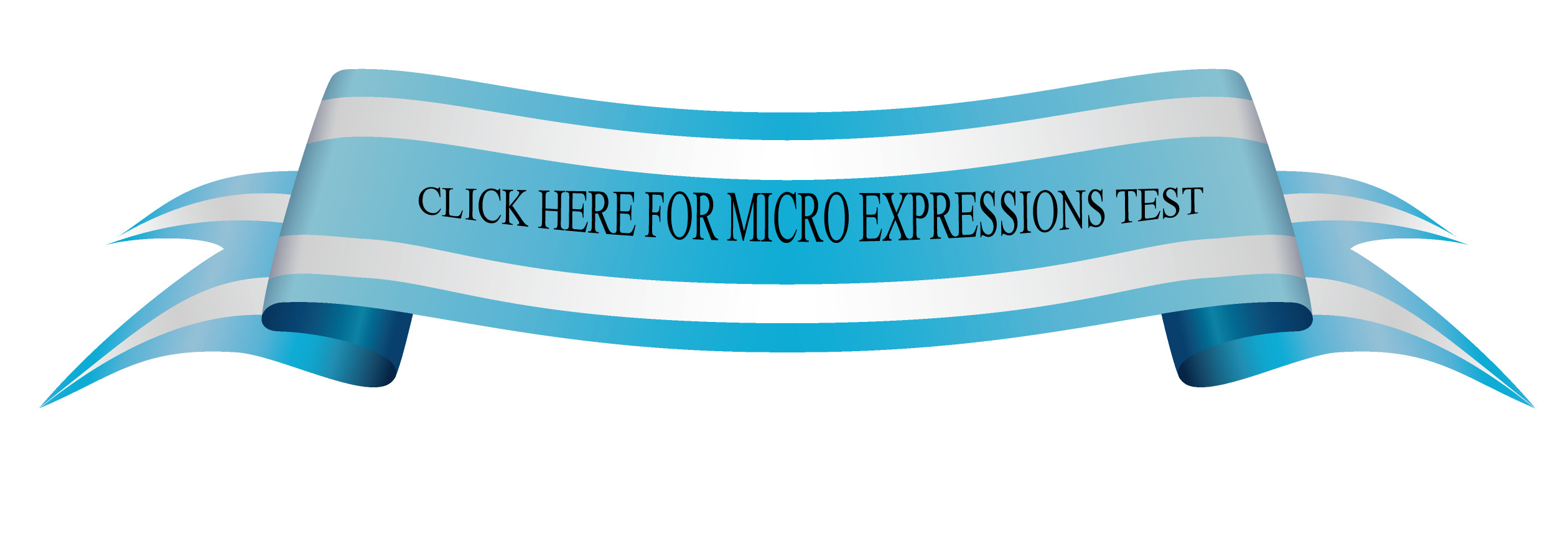Advanced Sales Training: How to Recognize a Prospect’s “Doubt” and “Uncertainty”
Frequently prospects hide their real thoughts with a “false” smile. They often think they know better than the rep or consultant presenting to them. In the world of body language and facial recognition training, this is classified as contempt.
Contempt is in the family of negative emotions that includes sarcasm, superiority, and “knowing better”. This micro-expression is asymmetrical, and it shows that the person feels in some way superior to another person. An individual who displays this micro-expression is liable to be judgmental and look down on others.
Let’s look at a rep that sells season ticket subscriptions as well as does fundraising. His prospects always seem polite, friendly, and interested. You’ve introduced yourself to your prospect and have set the stage to reveal your offer—a one-year subscription to this year’s City Ballet season. Just as you finish describing the electrifying season opener and numerous benefits season tickets offer, the prospective client gives an expression that looks like a smile, but with one lip raised asymmetrically; and you continue the presentation.
Had you utilized skills developed through body language training, you would have understood that the prospective client—through the micro-expression on his face—was showing contempt rather than a genuine smile. As a result, you could have adjusted your presentation to counteract his negativity.
The pictures below show two ways in which a person can illustrate contempt. In the first, just one lip is raised. In the second, the person is smiling, but again, only one lip is raised.


When looking at the example, the prospect may have shown “contempt” because he didn’t like or fully believe what was presented, but out of politeness put a smile on his face graciously, or maybe he felt that he knew more than you about the particular topic.
Close more sales by reading body language clues
As a salesperson, you can gain a big advantage by using the sales training technique of recognizing the false smile because you have the opportunity to adjust your presentation and inquire about why he has responded in this way to this part of your proposal. In inquiring, you are making a sincere effort to understand this prospect. Noticing this small expression will improve your ability to close sales, and you can continue your presentation noticing additional micro-expressions that occur, adjusting as needed.
Not every client will be excited about your product, but it is up to you to read the signs a client gives in order to adjust your presentation accordingly. By understanding that a client is showing “contempt” because his or her lip is curled unevenly, you can address this reaction and communicate effectively with your client in hopes of still securing his or her business. This advanced sales training technique will allow you to use what you know about the micro-expressions for contempt to understand the client and adjust the presentation. Reps that recognize micro-expressions consistently rank at the top of the sales leaders board.

Mark Anthony presents sales training and customer service workshops. For more tips or information on training and one-on-one coaching, contact him at 888-792-5128, or Google+.
E-mail: info@salestraininganddevelopment.com

